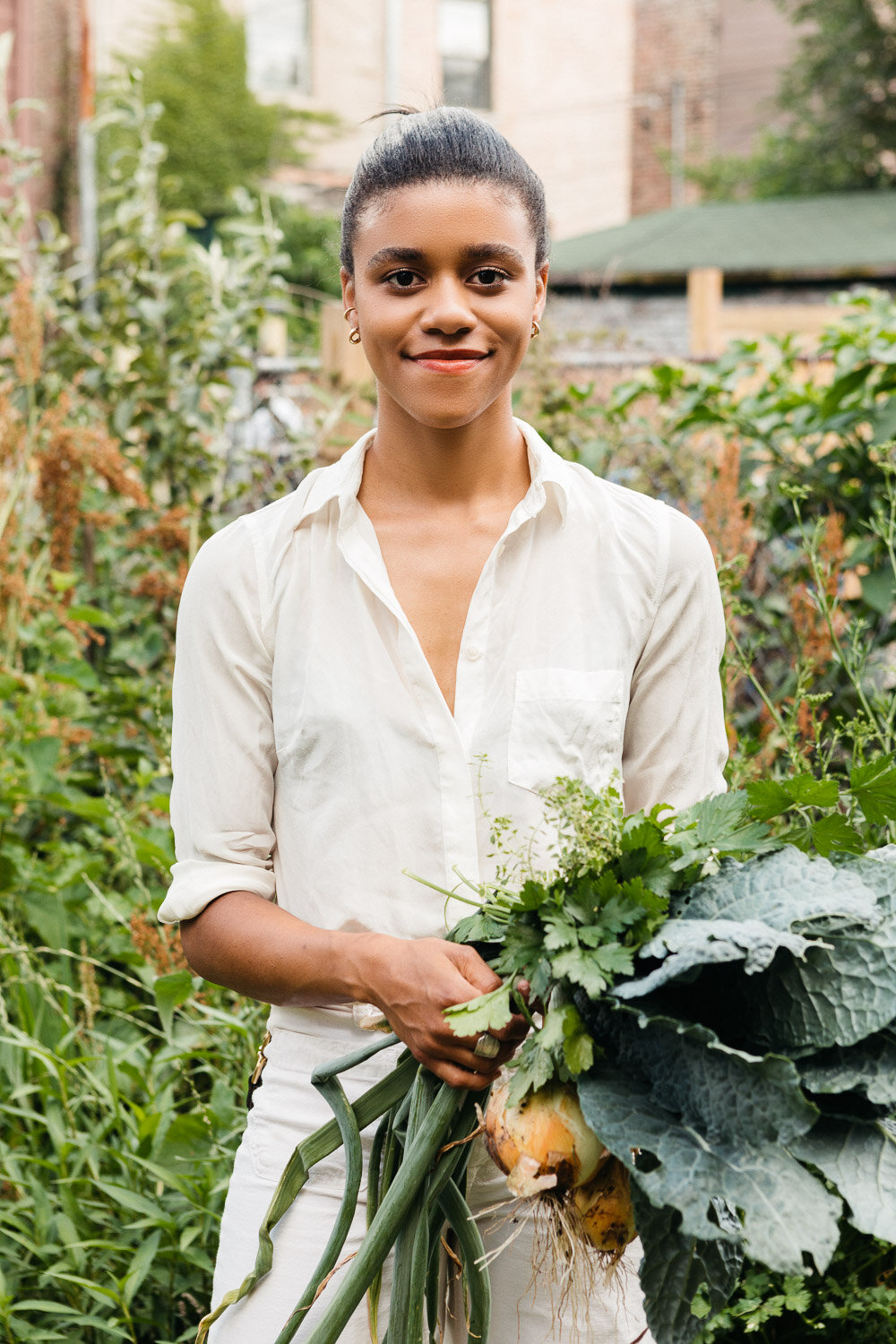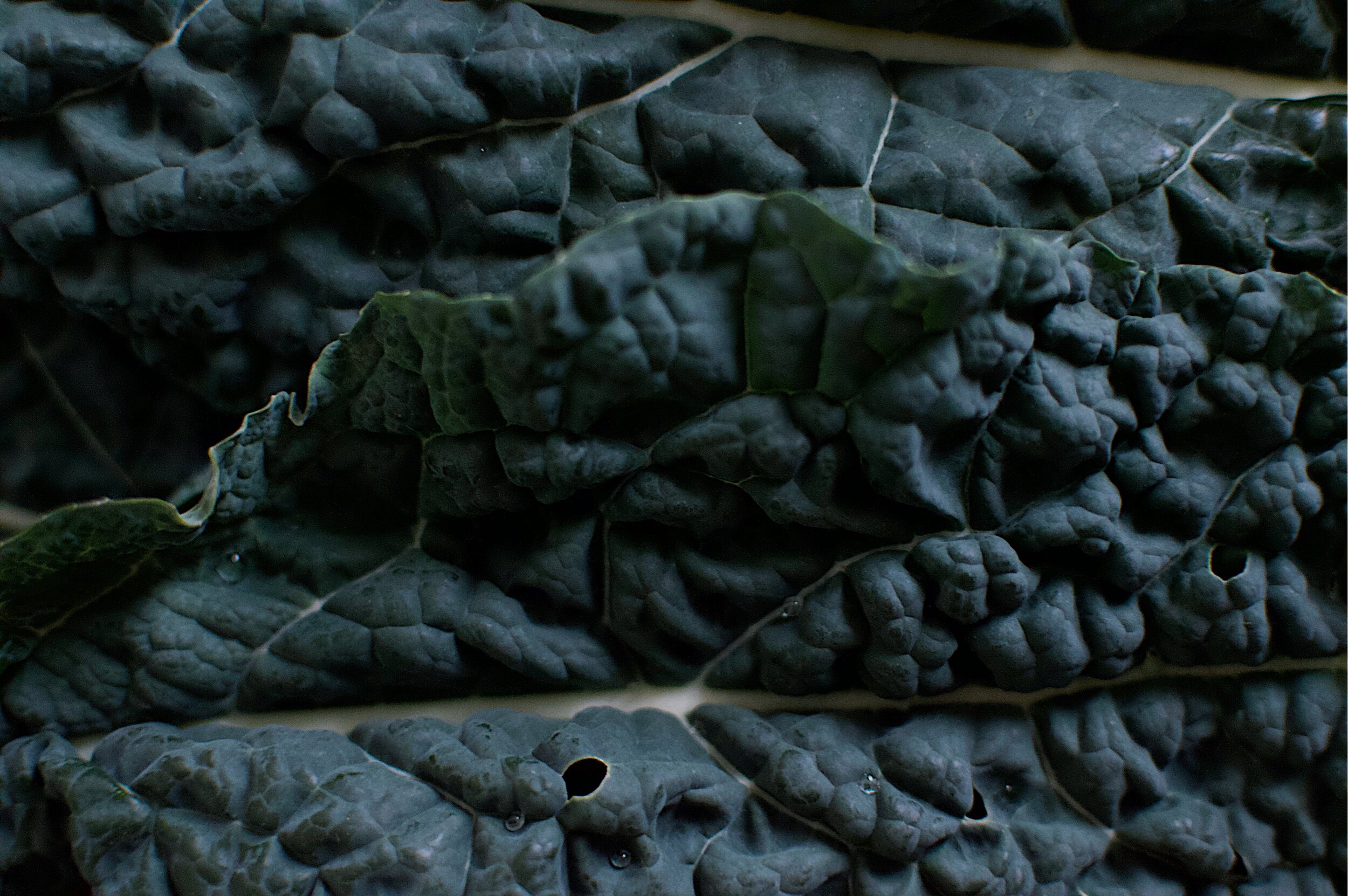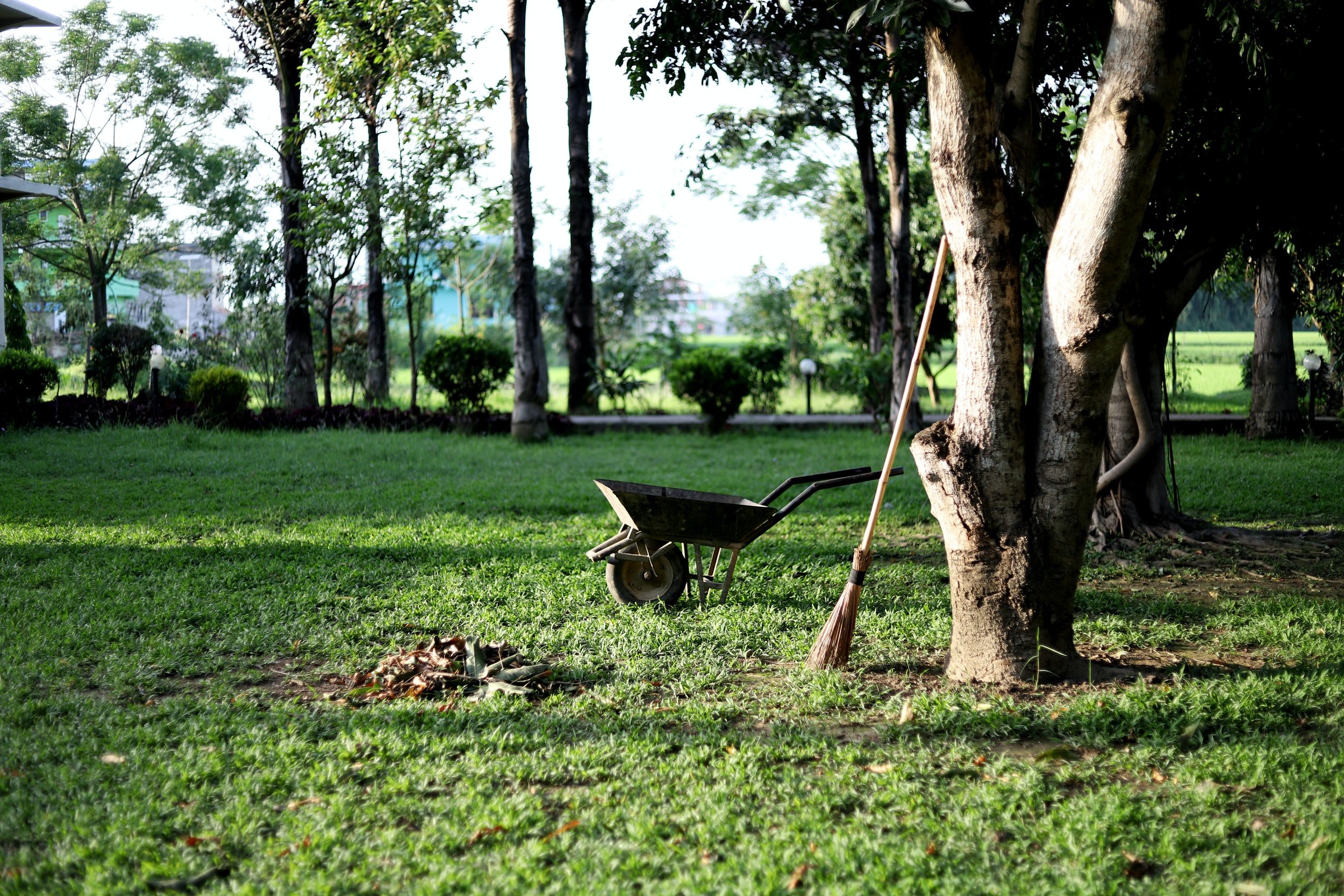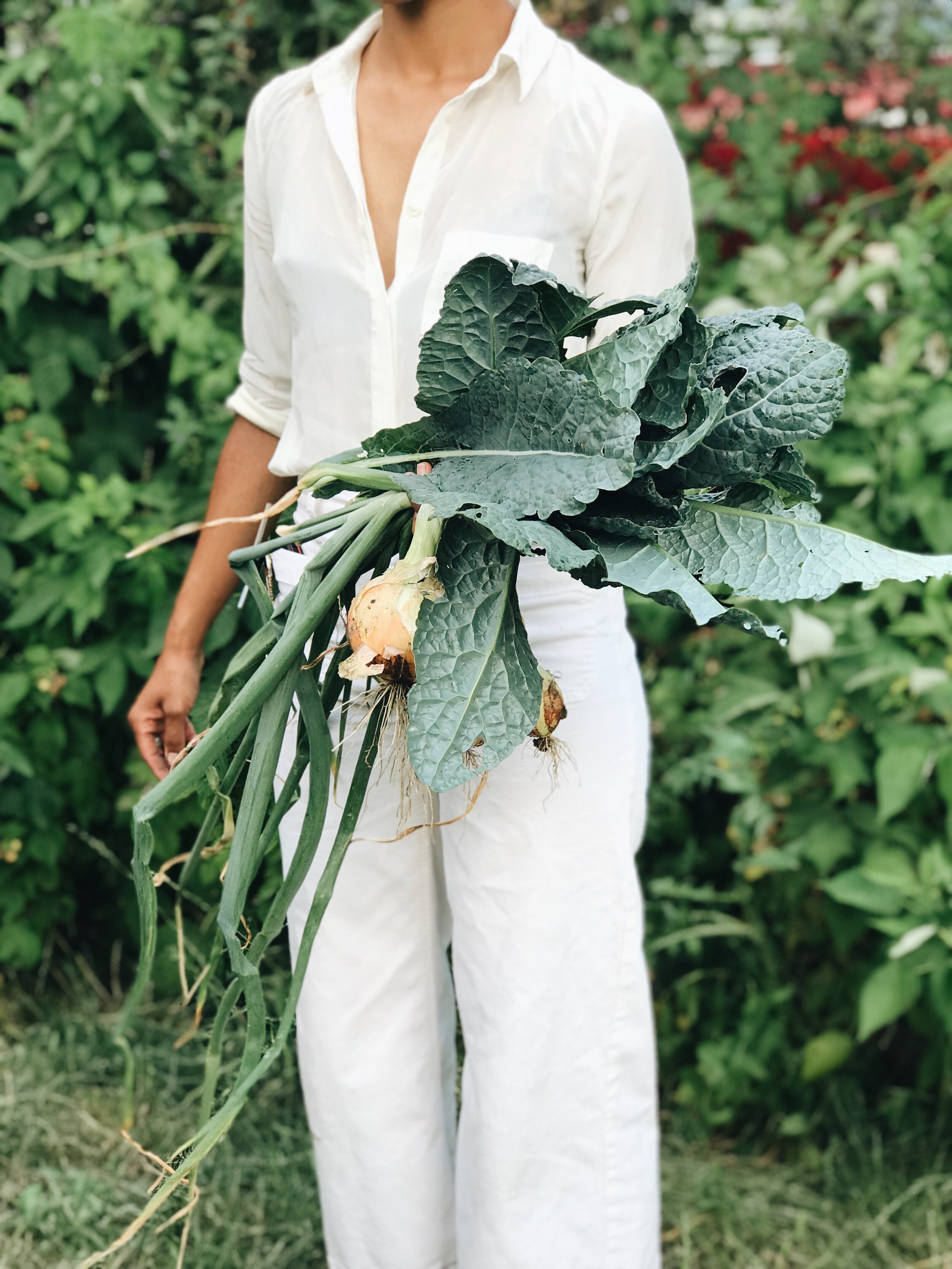How To Start A Sustainable Garden
Starting a garden takes time and patience. Planting a sustainable garden however can take a bit more research and intention. It is much more rewarding growing a sustainable garden that you know is assisting in healing the earth than one that is hurting it with the use of pesticides and lack of plant biodiversity. This article was written to make it simple to start your own sustainable garden or begin the process of making an existing garden more sustainable.
THE ESSENTIALS
Before you begin purchasing plants and planting your garden be sure that you have the necessary tools and that your garden is set-up for success.
LOCATION planning is often the most important step missed when starting a sustainable garden. The location of your garden can directly impact the success it has during its growing season. Observe your planned garden location before planting. How much sun does this location receive daily throughout each season? Is the location windy? Is the location easily accessible and close by a watering source?
TOOLS we all need tools to garden no matter what size garden you are planning for. Make sure you have these essentials before starting your garden.
SUNLIGHT all plants need some sunlight each day. Make sure that your desired garden location has an adequate amount of sunlight for the plants you desire to grow. Keep in mind as the seasons change so will the sunlight and the size of surrounding plants, trees and shrubs. What once was a full sun location in the garden may be part-shade by summer.
WATER plants can use a lot of water, especially in the summer months. To maintain a sustainable garden and help conserve water, plant your garden like a forest. Forest gardening mimics the ecosystem of a forest by creating stories within a gardens landscape. It is low-maintenance and more sustainable because it consumes less water than traditional gardening methods.
SEEDS AND SEEDLINGS are essential to creating a garden. If you purchase seedlings from a local nursery be sure to reuse the plant pots or select varieties grown in compostable pots.
TIPS FROM A SUSTAINABLE GARDENER
I. Start small. Though it is exciting to purchase many plants and tend to a full garden in its first season, it is always best to start small. Take your time to get to know the varieties of plants you love most then expand a little each season. This will prevent you from feeling overwhelmed and allow you time to learn more about what make your plants tick and thrive.
II. Grow plants that you love and grow produce that you’ll eat.
III. Work with what you’ve got. There is always a way to tend to a small garden no matter what your dwelling set-up may be. Grow a small herb garden indoors, repurpose food containers as planters or turn your back patio into a back garden.
IV. Learn your plant hardiness garden zone. Though we are all City Dwellers we live in very different climates from one another. Understanding what your plant hardiness garden zone is helps you best determine which plants will survive and thrive in your climate during a given season. For the City Dweller’s who have cold snowy winters, knowing your hardiness garden zone will help you determine when it will be safe to start planting outdoors so you don’t lose your garden to a last minute snow storm in April. You can learn your plant hardiness garden zone by clicking this link.
V. Become an observer. When you observe your garden often you can learn a lot, spot potential issues early, and better understand how nature in a garden works.
VI. Test your soil. Living in a city, it’s best to grow your garden in a raised bed since much of the soil is often contaminated with pollutants. Testing your soil can also help you to better understand which nutrients your garden plants need.
VII. Rotate your garden. If you plant the same tomato plant in the same place year after year you are bound to have issues with pests and illnesses. Be sure to rotate the annual crops you grow each season to help nourish the soil.
VIII. Read the seed packet. Seed packets have a lot of great information on them to help teach you how to tend to each seedling as they grow. Follow the seed packet instructions and watch your plants thrive.
IX. Never stop learning. We have been gardening at The Apartment for years and we learn something new every season that helps our garden be better every year thereafter. Read gardening books, blogs and get advice from fellow gardeners in your community.
X. Keep a garden journal. Keeping a record of your discoveries and plans each season helps you and your garden each season onward thrive and helps you not make mistakes from previous seasons.
SUSTAINABLE SWAPS FOR YOUR EXISTING GARDEN
SHOP AT YOUR LOCAL NURSERY When you shop at your local garden nursery you will often find more sustainably grown options. Take a look at Where to Shop Locally for Plants that Aren’t Home Depot for our top local nurseries in Chicago.
SHARE YOUR SEEDS INSTEAD OF PURCHASING NEW Sharing seeds is an amazing way to cultivate a community around food. You’ll save money and build a community of local gardeners you can lean on for advice.
GO ELECTRIC FOR YOUR LAWN CARE While we always encourage biodiverse gardens our lawn care tools can use a more sustainable upgrade. Invest in a electric lawn mower or other electric outdoor maintenance tools. They run on a rechargeable battery pack rather than gas.
GROW ORGANICALLY AND STOP USING PESTICIDES It’s never too late to start gardening more sustainably. Select plants and seeds that have been grown organically. Select peat-free compost, and discontinue the use of pesticides in your garden. You can click here to learn the best place to safely dispose of your pesticides.
START COMPOSTING Taking the time to incorporate a space for composting in your dwelling is so essential in the process to becoming a sustainable City Dweller. By placing a compost bin in your garden you can use all of your kitchen scraps and garden clippings to make nutrient dense compost for free instead of purchasing it at a shop.
PLANT POLLINATOR FLOWERS We all love to have flowers on our terrace and garden, so why not plant flowers that will help our native pollinators thrive? Learn more of Our Top Native Pollinator Flower Picks For Any Back Garden to find pollinator flowers that best suit your garden.
HOW TO START A SUSTAINABLE GARDEN
I. Select the location of your garden and draft a plan on paper of where you desire your garden and plants to go.
II. Learn what your plant hardiness garden zone is and select the plants you would like to grow. Purchase seeds online if needed.
III. Purchase any needed tools and materials to start your garden beds
IV. Build your garden beds, windowsill box, or planter pots and fill them with organic peat-free garden soil
V. Set-up a compost bin (preferably toward the back of the garden) or sign up for a compost service. Not sure where to start? Learn 5 Ways To Compost When You Dwell In A City to select the best composting method for your dwelling.
VI. Purchase seedlings at your local garden nursery and sow seeds in your garden boxes following seed packet instructions.
VII. Schedule a little time each day to tend to your garden, observe and enjoy the fruits of your labor.
VIII. Continue to learn about the plants in your garden. Each plant variety needs different types of care. The more you learn the easier it will be to care for your new sustainable garden.
LEARN how to DWELL more sustainably in YOUR CITY
The only guide you’ll need to learn to cook sustainably in your city.
In 2016, our founder Amanda McLemore gave up the grocery store for an entire year to see if it was possible to better connect with the local food grown within and around her city. In this year she learned much about growing her own food, sourcing local and packaged free ingredients and how to preserve the seasons; all for her health and the health of the planet.
We all are looking to be a little more sustainable, right? They tell us to use less packaging, eat more plant-based and shop locally and seasonally. So you go to the farmer’s market to purchase said local and sustainable produce only to realize that your local farmer’s market is nothing like a grocery store. What are some of these plants? How do I cook them? If I am paying more for local and organic produce how can I make sure that it doesn’t waste away in my fridge?
In The City Dweller’s Guide To Cooking Sustainably Amanda gives you the tools to make your kitchen sustainable. Part resource and part cookbook this guide will help you create less food waste, learn how to create a package free kitchen, help you navigate the farmer’s market and more.
Coming soon 2022








